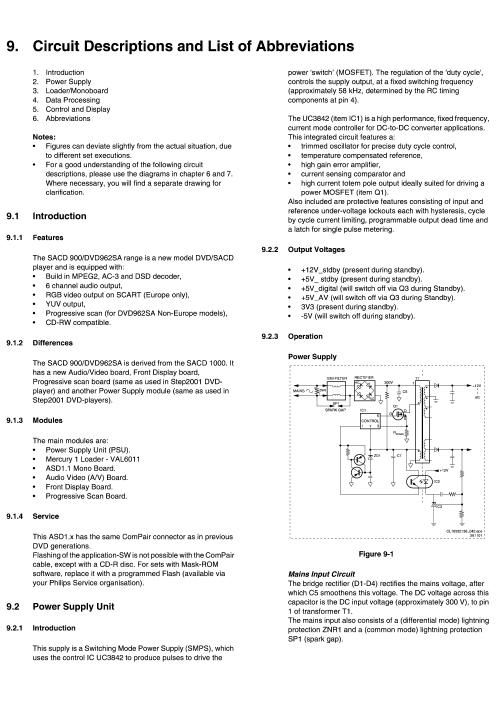Philips dvd 962 sa service manual
This is the 71 pages manual for philips dvd 962 sa service manual.
Read or download the pdf for free. If you want to contribute, please upload pdfs to audioservicemanuals.wetransfer.com.
Page: 1 / 71
